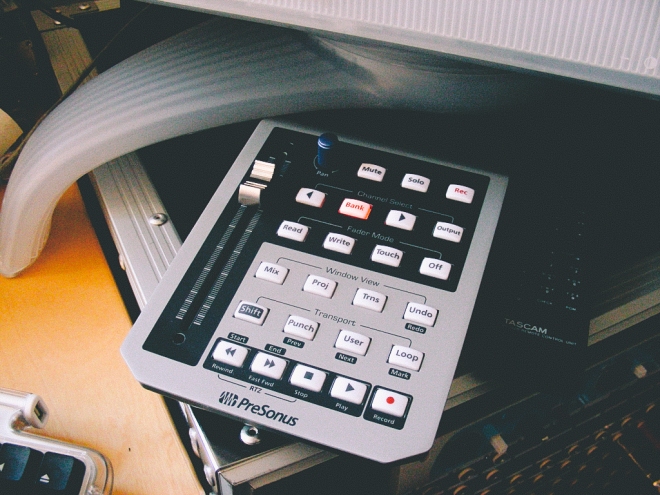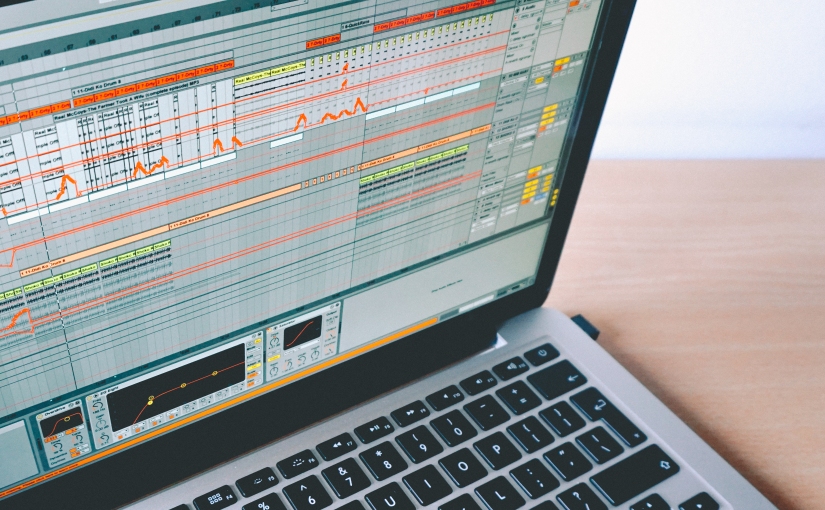What’s the difference between a professional and an amateur sounding track nowadays? It all comes down to the basics.
It’s hard to define what a “professional track” sounds like. ‘Sound quality’ isn’t really the breaking point anymore; pretty much everyone can work in 24bit/44.1kHz and have access to the highest quality samples. But you can definitely tell when something just sounds amateur.
So what is it? And more importantly, what can you do to avoid it?
Regardless of the genre you’re producing, keeping these three things in check will help your track sound professional.
1. Source the sounds carefully.

Whether you’re working with prerecorded samples or recording your own tracks/samples, it all starts at the source.
If you mainly use samples, be mindful with your choices. No two kicks sound the same. Does this track need a snare or would a clap fit better, or maybe a finger snap? When recording, place your mics deliberately. Capture the best performance. Is that pad creating the right atmosphere? Also: the better your selection, the less you need to do in the mixing phase.
Meticulous sound selection is key. Then,
2. Vary your arrangement.
The most obvious giveaway of amateur production is the lack of variety. It’s tempting to drag out those loops in Ableton and go crazy with copy/pasting. That process has its purpose in laying out the arrangement and developing the structure of the song, but leaving things loop for the entire duration of the song sounds amateur.

I’ve purposely avoided saying it sounds “robotic” because there are genres that benefit from a robotic sound. But even the most robotic-sounding of tracks have variety in their arrangement. That variety includes:
- changing note patterns at the ends of phrases
- volume and effect rides
- adding and removing sounds in various sections of the arrangement
Add an extra hi-hat at the end of the fourth bar. Mute those strings on the bridge. Ride up the guitar as the verses progress. It makes all the difference.
Well, not all. Because you also need to:
3. Balance, balance, balance.

Music (like life!) is about balance. In amateur tracks you struggle to hear the vocal, or it’s sticking out too much. The kick doesn’t hit hard enough, or it kills the bass. Again, sound selection (step 1) helps a lot.
Balance seems like the most straightforward step in mixing, and it is. But it’s also terribly easy to get wrong, leaving your track sounding unprofessional. The same applies to effects: nothing says ‘amateur’ like drowning your mix in reverb!
You can have the most expensive equipment in the world and the best songwriters and performers, but not delivering on these three points will still make your track sound amateur.
Did I leave something out?

excellent post, please include more links in case I want to find out more on this topic…
LikeLike
Glad you liked it, Jessica! Here are a few articles to start with.
On sourcing sounds:
http://www.masteringmastering.co.uk/choosing-production-sound-sources.html
On balance:
http://therecordingrevolution.com/2013/10/25/the-most-important-word-in-mixing-balance/
On gain staging:
http://www.mixedbymarcmozart.com/2014/10/28/gain-staging-bank-account-mix/
On the importance of mic placement and arrangement:
http://therecordingrevolution.com/2014/05/16/go-for-the-big-wins-in-recording-or-its-not-about-the-gear/
LikeLike